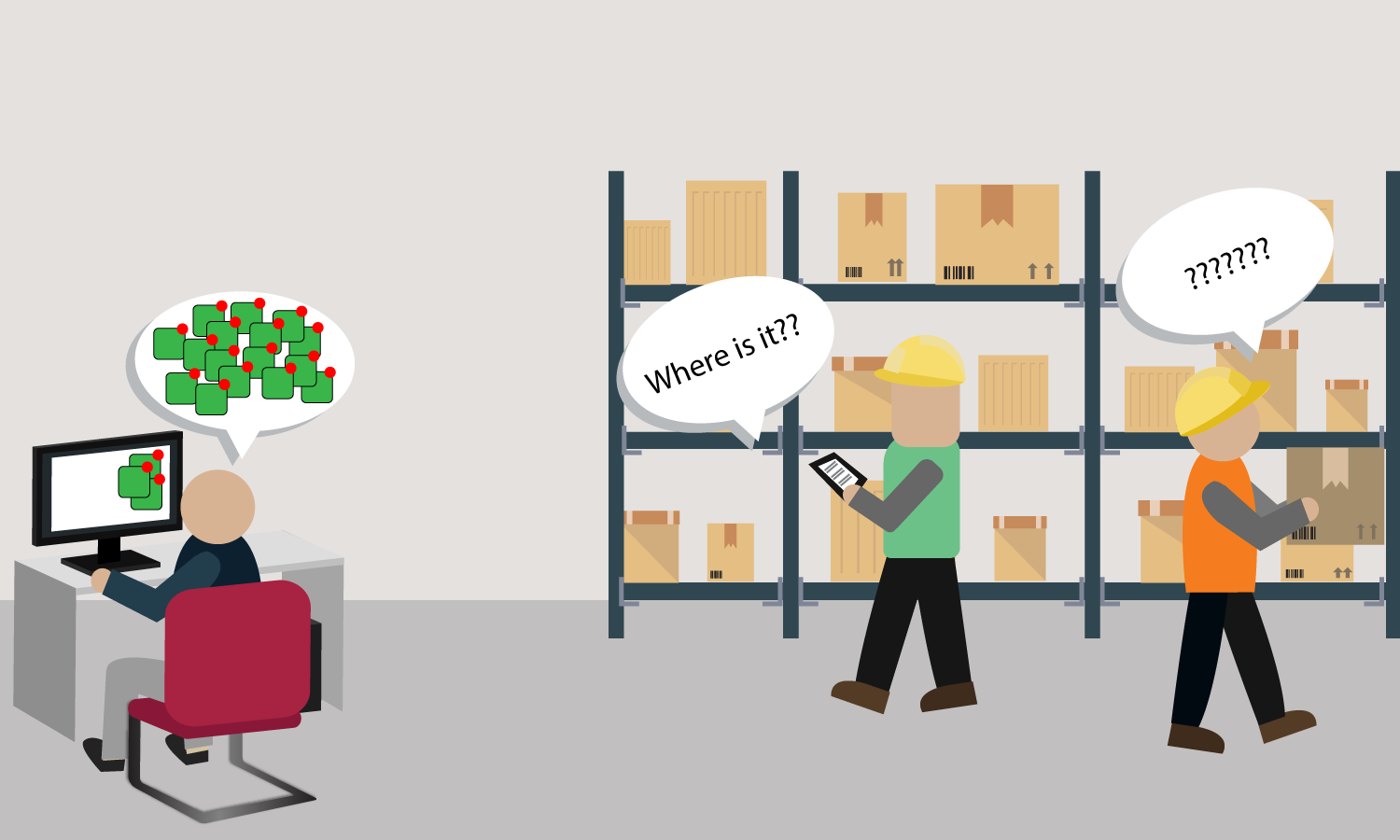In 2018, consumers worldwide purchased $2.86 trillion online. As e-commerce grows, it continues to create opportunities across a wide range of businesses, such as retailers, manufacturers, and distributors. However, it also creates e-commerce order fulfillment problems that can limit growth and compromise customer relationships. E-commerce order fulfillment problems are one of the most common and fastest ways to lose business. Waiting to fix these problems will only make it harder. To ensure that you continue to attract customers and keep up with the competition, you need to master your e-commerce order fulfillment process.
Welcome to our two part series blog! This week is about the problems your business faces with e-commerce order fulfillment. Next week will give you solutions to fix it.
What is Order Fulfillment?
Order fulfillment is everything that happens after a customer orders your product, up until the moment they receive it. It is the process of storing goods, packing orders, and shipping products to your customers. Order fulfillment within your business’ workflow is receiving shipments, sorting stock, and shelving inventory. It then moves to picking products, inspection for quality and accuracy, packing, then labeling for shipment, after orders are made.
Each business handles fulfillment differently. Some handle the full fulfillment process in-house, while others outsource fulfillment or use drop shipping. If your business does in-house fulfillment, then these steps are completed within your warehouses. If you are outsourcing fulfillment, these steps are completed by other companies.
So what are the most common e-commerce order fulfillment problems?
E-commerce Order Fulfillment Problems
One challenge is managing capacity. E-commerce continues to grow and puts pressure on existing resources. This leads to companies having to consider new investments, as well as exhaust all of their human resources, which can lead to reduced customer service.
Another reoccurring problem is meeting the customers’ expectations. Their expectations continue to rise and are only increasing. Delivery times are continuously being reduced and two-day delivery will become next-day or same-day in the near future. Businesses that are not able to keep up with their competitors, who are able to meet these expectations, will fall behind.
Along with shipping times, shipping notifications are also part of the problem. Customers expect shipping notifications and the ability to check the location of their packages multiple times a day. If they have not received a notification, customers may think that their package has not shipped, leading to more calls to customer service, wasting time and money.
Locating inventory is another challenge that happens during e-commerce order fulfillment. You need to be able to easily locate the items ordered. Poorly organized warehouses or delayed communication will result in trouble locating inventory. This results in shipping delays, which then delays delivery. Customers will go elsewhere if shipping and delivery take too long.
Sending damaged or incorrect inventory to customers is another fulfillment problem. Some businesses even knowingly send out slightly damaged inventory, hoping the customer will not notice.
Poor inventory management is another problem because if you do not know what you have, then you will end up with a lot of frustrated customers who now have to wait for their order. This leads to refunds and disappointed consumers.
What Do These Problems Lead To?
If your business is constantly having order fulfillment problems, it will lead to additional problems with your customer service, because of volumes. If your customer service representatives cannot quickly and competently respond to customer concerns, your customers will go elsewhere.
What Can You Do?
Many companies do not have the experience, expertise, or resources to efficiently manage the complexity of e-commerce order fulfillment. Our next blog post of this series will suggest some solutions to these problems.



